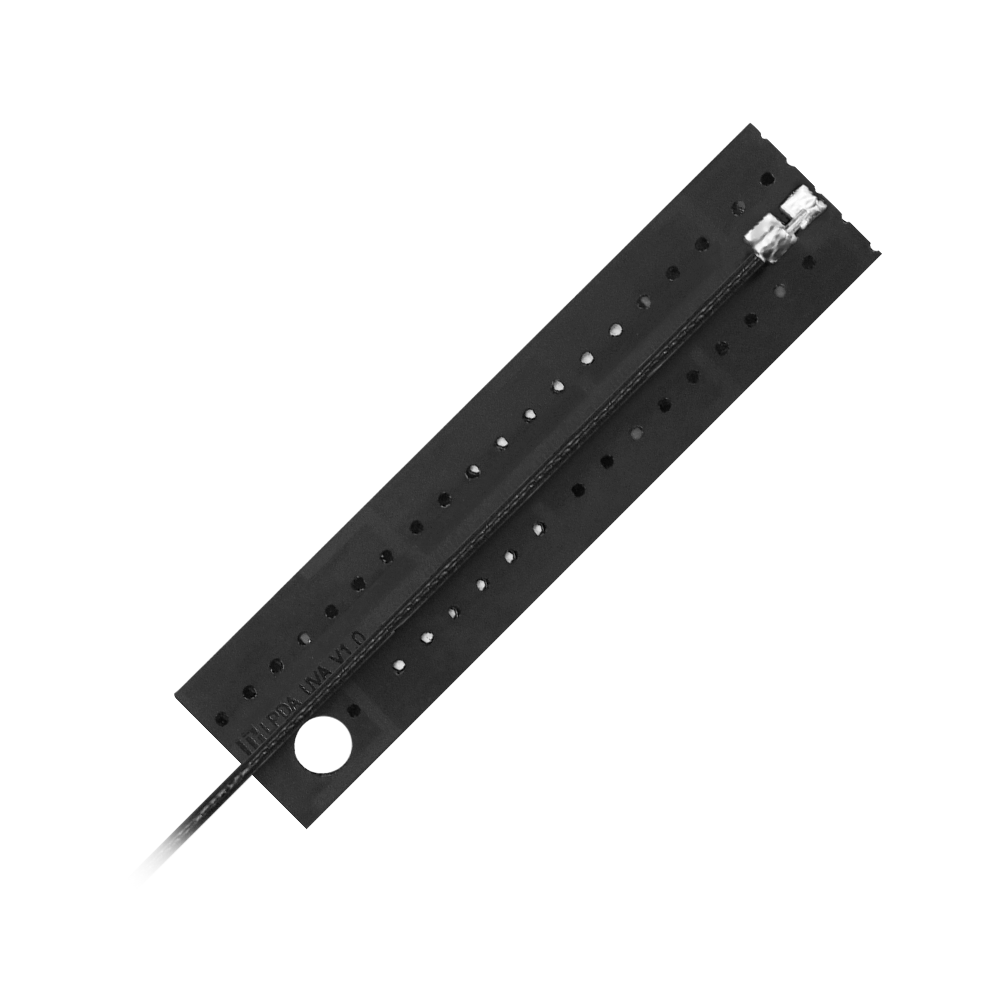In today's digital age, the importance of LTE antennas cannot be overstated. These antennas play a crucial role in enhancing mobile connectivity, ensuring that users experience optimal signal strength and coverage. But how does the design of these antennas influence their performance? This article delves into the intricacies of LTE antenna design and its impact on signal quality.

Understanding LTE Antennas
LTE antennas are specialized devices designed to transmit and receive radio frequency signals for Long-Term Evolution (LTE) networks. They come in various shapes and sizes, each tailored to meet specific requirements. The fundamental goal of these antennas is to maximize signal strength while minimizing interference.
Key Factors Influencing Signal Strength
- Antenna Gain: This refers to the ability of an antenna to direct radio waves in a particular direction. Higher gain antennas can significantly improve signal strength.
- Frequency Range: Different LTE bands operate at various frequencies. Antennas designed for specific frequency ranges can enhance performance in those bands.
- Polarization: The orientation of the antenna can affect how signals are transmitted and received. Vertical and horizontal polarization can impact coverage areas.
- Placement and Orientation: The physical location and angle of the antenna can greatly influence its effectiveness. Proper installation is crucial for optimal performance.
Design Considerations for LTE Antennas
When designing LTE antennas, engineers must consider several factors to ensure optimal performance. These include:
- Size and Form Factor: The physical dimensions of the antenna can affect its gain and radiation pattern.
- Material Selection: The materials used in antenna construction can influence durability and signal quality.
- Multi-band Capability: Antennas that can operate across multiple LTE bands provide greater flexibility and coverage.
Enhancing Coverage with LTE Antennas
Coverage is a critical aspect of mobile networks. Poor coverage can lead to dropped calls and slow data speeds. By utilizing advanced LTE antenna designs, network providers can enhance coverage in several ways:
- Utilizing high-gain antennas to extend range.
- Implementing beamforming technology to focus signals toward users.
- Deploying distributed antenna systems (DAS) to improve indoor coverage.
Choosing the Right LTE Antenna
When selecting an LTE antenna, it is essential to consider your specific needs. Factors such as location, frequency requirements, and intended use should guide your decision. For those looking for high-quality options, you can explore various antennas available at  .
.
Conclusion
In conclusion, the design of LTE antennas plays a pivotal role in determining signal strength and coverage. By understanding the various factors that influence antenna performance, users and network providers can make informed decisions to enhance connectivity. As technology continues to evolve, the importance of effective antenna design will only grow, ensuring that users remain connected in an increasingly digital world.








